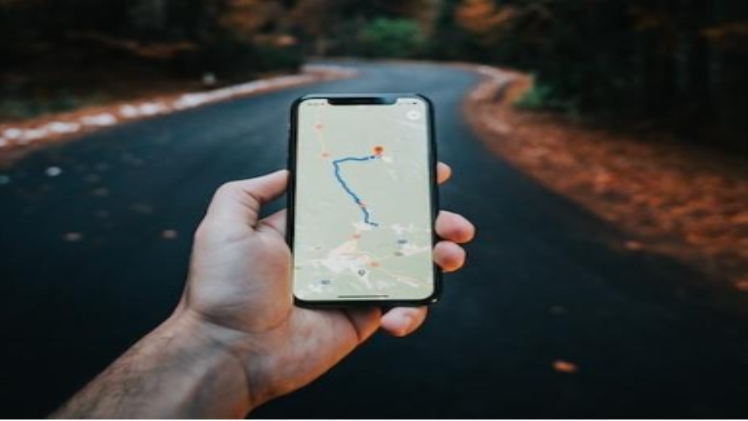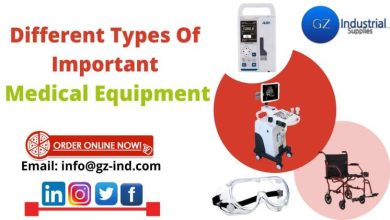What Mobile Sensors are in Your Smartphone: The Main Types

Your smartphone is likely filled with sensors that you never knew about. In this blog post, we will explore the various types of mobile sensors that are included in most smartphones. We will also discuss what each sensor is used for and how it affects your user experience. So, whether you’re a curious smartphone user or an app developer looking to create the next big thing, read on to learn more about the hidden sensors in your mobile phone!
What are mobile sensors?
Mobile sensors are devices that measure physical quantities and convert them into digital data. They are used in a variety of applications, including automotive, healthcare, fitness, and gaming. Mobile sensors come in many different shapes and sizes, but they all serve the same purpose: to gather information about the world around us.
What are the main types of mobile sensors?
In this part, let’s take a closer look at the main types of mobile sensors and how they work.
Accelerometers: Accelerometers are commonly found in smartphones and are used to measure acceleration and detect changes in orientation. They work by measuring the force of gravity on an object (in this case, your phone) as it moves through space. Please visit here for information about King Exchange
Gyroscopes: Gyroscopes are used to measure the angular velocity of an object. They are often used in combination with accelerometers to provide more accurate information about an object’s orientation and movement.
Magnetometers: Magnetometers are used to measure the strength and direction of a magnetic field. They are commonly found in compass apps and can be used to detect metal objects nearby.
Proximity sensors: Proximity sensors are used to detect how close an object is to the sensor. They are often used to turn off the screen when you’re on a call, so you don’t accidentally hang up or dial another number.
What are mobile sensors used for?

Mobile phone sensors are used for a variety of purposes beyond making calls and taking photos. Many modern phones include sensors that can detect light, motion, and even heart rate. This information can be used to perform a variety of tasks, such as automatically adjusting the screen brightness based on ambient light levels or tracking fitness data. In some cases, sensor data is shared with third-party apps in order to provide a more personalized experience. For example, a weather app might use your location data to provide customized updates. As mobile phone sensors become more sophisticated, they will continue to play an increasingly important role in our lives.
How do mobile sensors affect my user experience?
Mobile sensors can have a significant impact on your user experience, depending on how they are used. For example, if you’re playing a game that uses your phone’s accelerometer, you may find it more challenging (or even impossible) to play without tilting your phone. On the other hand, if you’re using an app that tracks your steps, you may find it more convenient than carrying a separate fitness tracker. In general, mobile sensors can make your life more convenient or improve your understanding of the world around you.
All in all, mobile sensors are important for a great smartphone user experience. They make your phone aware of its surroundings and help it interact with the world. When you’re shopping for a new smartphone, be sure to pay attention to the mobile sensors it has – they play a big role in the overall quality of the device. And if you’re looking for an affordable option with all the features you need, check out HONOR 70 UAE – it comes packed with gyroscopes, compasses, proximity sensors and more!





